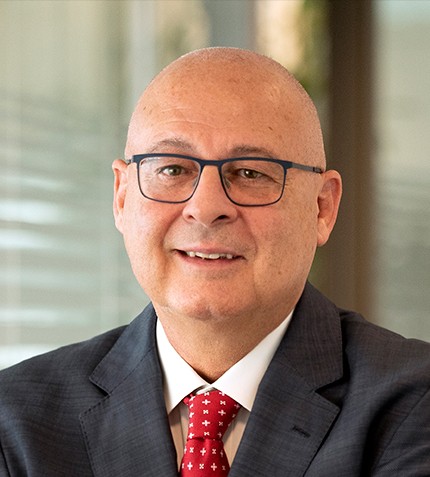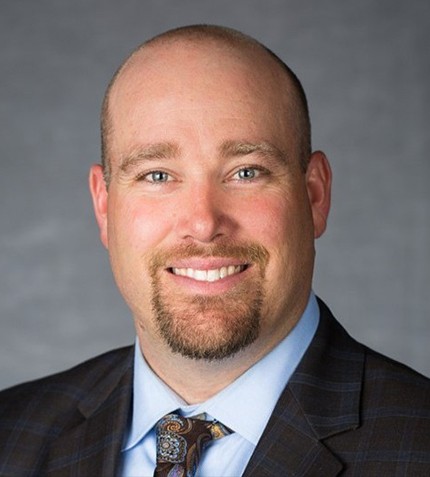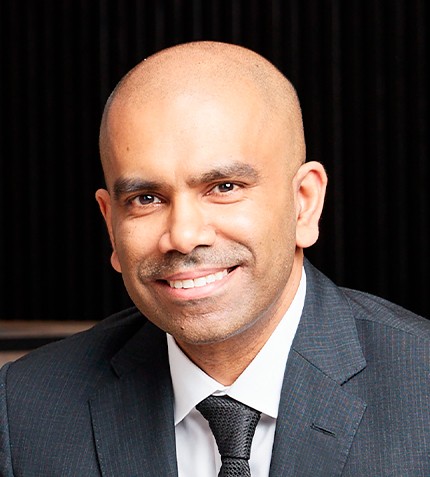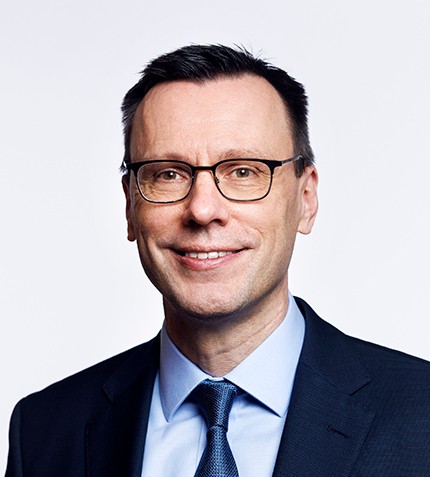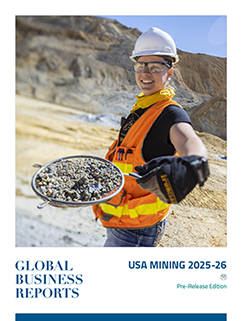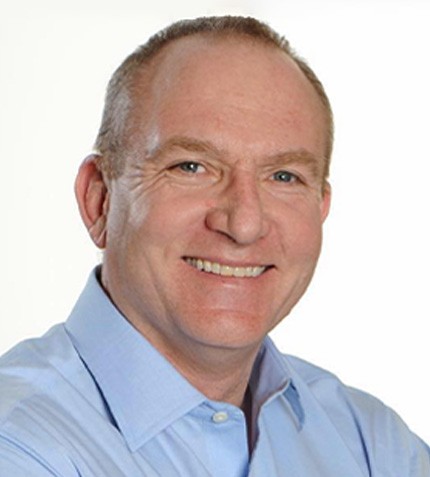
"Northern Graphite found in Namibia a permitted project that can easily expand into a world-class operation. Using our experience as the only graphite producers in Canada, we want to get there first, be the quickest to reach the market and capture the high growth in graphite prices."
Hugues Jacquemin
CEO, NORTHERN GRAPHITE
Northern Graphite acquired the Okanjande graphite deposit together with the Okorusu processing plant in Namibia in April 2022. What has attracted the company to these assets?
When I was working as the CEO of Imerys Graphite and Carbon, we started scouting for a graphite deposit that could help us develop the European market. We came across Okanjande, a mine that was developed back in the 1990s by Rio Tinto. Just 22km away from the mine, Okorusu was an old fluorspar plant owned by Solvay. The brownfield facility presented us with the opportunity to convert it to a graphite processing plant and reduce capital costs. In 2016, Imerys acquired both the mine and plant and began mining that same year. Two years later though, as graphite markets were highly depressed, Imerys put the plant on care and maintenance. After thorough due diligence, Northern Graphite acquired these two assets earlier this year. Our goal is to start production in the next 1-2 years.
Based on the recent PEA, the estimated CAPEX to restart the operation is US$15 million. At this stage, we have 48 people on site, we ordered all long-lead items, and we are evaluating a few options, including dismantling the Okorusu facility and relocating it closer to the Okanjande site. At a basic level, our operating costs would come down since we wouldn’t have to transport concentrates from the mine to the plant.
Okanjande is a large deposit amenable to an operation of 150,000 t/y with the right investments. With a new plant, we could produce 40,000 t/y instead of 30,000 t/y (the capacity afforded by Okorusu). From there, it would be a lot easier and quicker to expand through bolt-on investments because the tailings dam, electricity, water, and other infrastructure elements would be already there. The time is also on our side, as most of the big giga-factories in North America and Europe will start in 2025, giving us a window to make the right decisions. The relocation would only take about six months longer than our current plan, pushing first production to early 2024.
Can you help our audience understand better the importance of graphite for electric batteries?
Whatever the battery chemistry – be it nickel, manganese, cobalt, LFP, or other – graphite represents 48% of the battery’s weight. That means that every GW of power requires between 800 and 1,200 tons of graphite, depending on the design of the battery. Today, most graphite is produced and processed in China, which has been continuously increasing capacity over the past decade. For the first time, however, China began importing graphite. Market specialists expect to see a shortage of 40,000 tons of graphite in 2023, a deficit expected to increase further in the coming years. At current forecasts, more than 10 mines will need to be developed to meet growing demand.
Graphite prices are yet to react to the supply-demand imbalance. Why is that?
The pricing of graphite has undergone repeated cycles, affected primarily by China’s irregular supply into European and North American markets. Because graphite pricing is quite opaque, lacking sufficient market data to inform investors and developers, the financing of graphite projects becomes challenging. With a bit of patience, I believe we will see this change. There is a lot of appetite for investment in graphite that will eventually create visibility on pricing
What makes Namibia a favourable mining jurisdiction?
As someone who has been travelling to Namibia frequently for the past six years, I can say Namibia is a business-friendly jurisdiction with a history of uranium mining and talented people with an abundance of mining expertise. The country has a relatively stable currency, pegged to the South African Rand. The proximity to South Africa also gives us the advantage of being able to pull in local engineering talent. Okanjande is only five hours’ drive away from the deep-water port of Walvis Bay, which provides perfect shipping connectivity into Europe and North America. Moreover, state agencies and institutions like the World Bank are looking at Namibia very favorably and we believe we will be able to apply for public funding to support our projects.
Do you have a final message?
Northern Graphite found in Namibia a permitted project that can easily expand into a world-class operation. Using our experience as the only graphite producers in Canada, we want to get there first, be the quickest to reach the market and capture the high growth in graphite prices. Some call the graphite problem to be 10 times the lithium problem. The graphite sector must work together, consolidate, and create opportunities of scale to respond to the growing appetite of cell manufacturers and OEMs.




